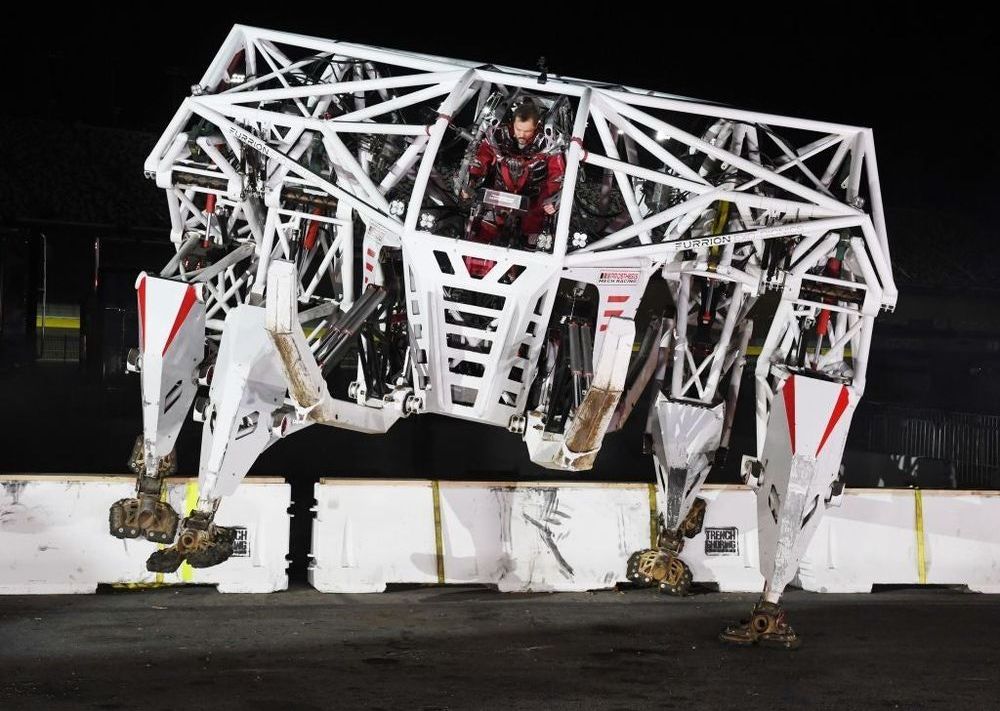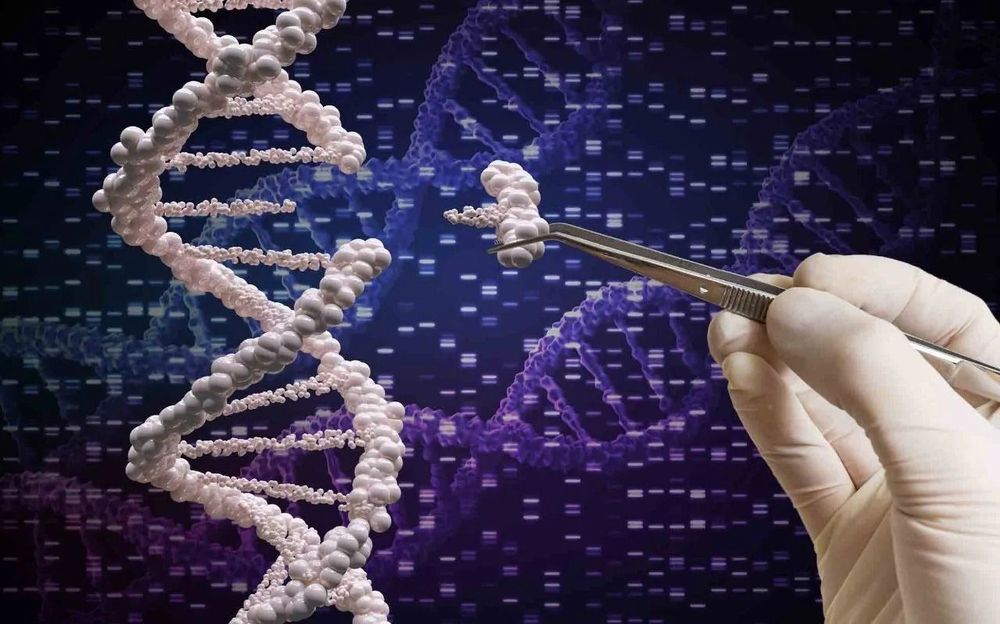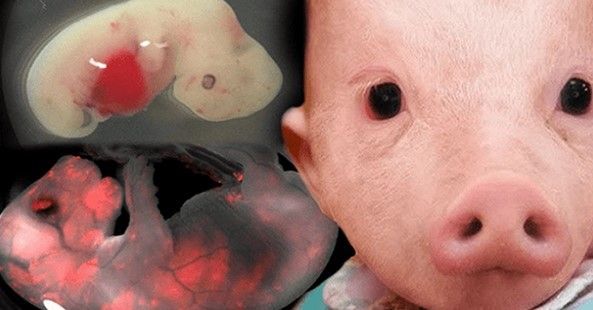More: https://www.burzynskimovie.com/
About the director: https://ericmerola.com
A 2016 updated version of this story: http://estore.burzynskimovie.com/
More info http://www.burzynskimovie.com
Directed by Eric Merola
http://www.ericmerola.com
Learn more about the director: http://merolaproductions.com/eric-merola-bio
Burzynski, the Movie is an internationally award-winning documentary originally released in 2010 (with an Extended Edition released in 2011) that tells the true story of a medical doctor and Ph.D biochemist named Dr. Stanislaw Burzynski who won the largest, and possibly the most convoluted and intriguing legal battle against the Food & Drug Administration in American history.
His victorious battles with the United States government were centered around Dr. Burzynski’s gene-targeted cancer medicines he discovered in the 1970’s called Antineoplastons, which have currently completed Phase II FDA-supervised clinical trials in 2009 and has been given permission by the FDA to begin the final phase of FDA testing–randomized controlled clinical trials.









